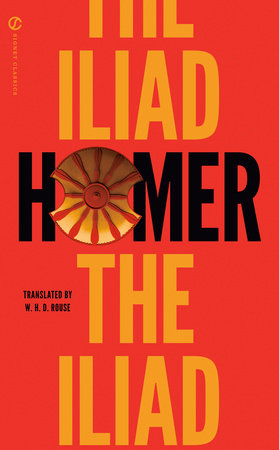I was in Beijing just a few days after the tenth anniversary of the Tiananmen Square massacre. It was still closed to the public for “renovation,” in anticipation of protests and commemoration events. I could only get a few shots of the huge Mao poster above the gate before shuttling along to the next stop on our tour.
I was attending a conference on biography and life writing at Peking University, presenting a co-authored paper entitled “Politicizing the Trivial: Life Writings of Virginia Woolf & Slavenka Drakulić.” It was basically a comparison of Woolf’s A Room of One’s Own and Drakulić’s How We Survived Communism and Even Laughed, an evaluation of how early twentieth-century capitalism and late twentieth-century communism had failed in gender equality and how those failures resonate with each other across geography and time. I was still surprised I had even been given a visa after the NATO bombing of the Chinese embassy in Belgrade the previous month.
 Since I never technically saw Tiananmen Square, I’ll rely on the description from Jan Wong’s Red China Blues, a brilliant memoir that should be required reading in literature, politics, journalism, and cultural studies.
Since I never technically saw Tiananmen Square, I’ll rely on the description from Jan Wong’s Red China Blues, a brilliant memoir that should be required reading in literature, politics, journalism, and cultural studies.
Tiananmen is gargantuan, the biggest square in the world. It is a hundred sprawling acres in all, flatter and bigger than the biggest parking lot I have ever seen. I used to get tired just walking from one end to the other. Moscow’s Red Square was intimate in comparison. Tiananmen could simultaneously accommodate the entire twenty-eight teams of the National Football League plus 192 other teams, each playing separate games. It could stage an entire Summer Olympics, with all events taking place at the same time. Or if you put a mountain in the middle, you could hold a Winter Olympics there instead.
Tiananmen Square made me feel tiny, insignificant, powerless. That was no accident. As the geographic and political center of Beijing, it was enlarged after the Communist victory to celebrate the grandiosity of Red China. In 1949, the Great Helmsman stood on the rostrum, in front of the Forbidden City, to proclaim: “The Chinese people have stood up.”
Tiananmen, which means Gate of Heavenly Peace, is also one of the least hospitable squares in the world. There is no bench or place to rest, nowhere to get a drink, no leafy tree to offer respite from the sun. Only the one-hundred-foot high Monument to the People’s Heroes punctuates it, and, after 1977, Mao’s white and gold mausoleum. Tiananmen is also one of the most monitored squares in the world. Its huge lampposts are equipped with giant speakers for crowd control and swiveling videocameras. The commercial photographers, with white pushcarts and colorful shade umbrellas, are actually plainclothes police. For a modest fee, they snap photos of Chinese tourists posing in the square and mail you the pictures a week later. That way, they have your name and address, too.
Here is a well written op-ed from the New York Times: China’s Grief, Unearthed by Mia Jian. For those of you less squeamish, here’s an excerpt from a BBC report nineteen years ago:

